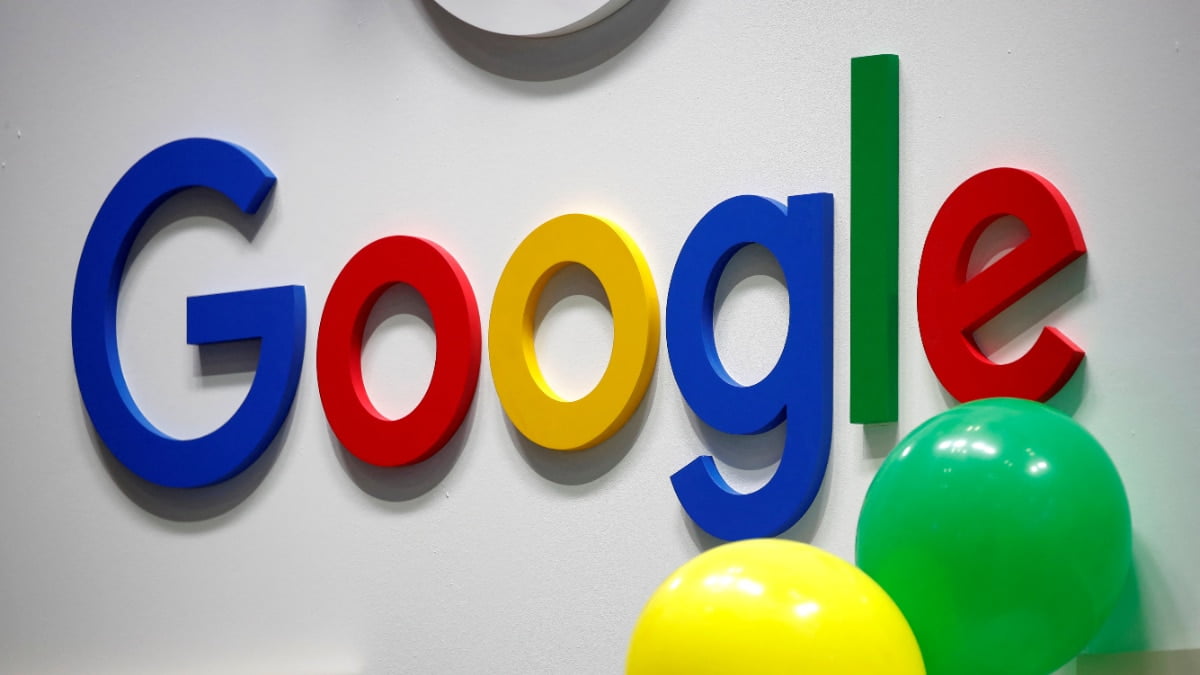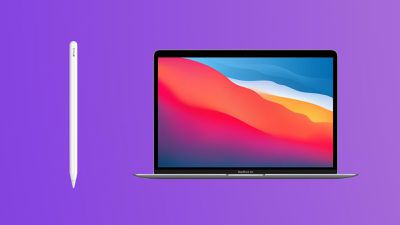

Dan Eilers, Apple’s then-VP strategy and corporate development, sends a 112-page confidential memo to Apple management, in which he lays out what Apple needs to do with the Mac division in order to remain a marketplace contender.
His suggestions? That Apple choose between licensing its Mac OS, licensing both its OS and hardware, creating a spinoff brand for the Macintosh, or starting a new company to combat thethreat of Windows, codenamed “Macrosoft.”
Eilers’ internal memo referred to these plans as a “discontinuous jump” which would shake up the way things were being done at the time. Just six years after Apple had first shipped the Mac, it is a reminder of how fast the computing landscape was changing — particularly as Bill Gates’ Windows made its ascendancy.
Ultimately, Apple (tentatively) followed two of Eilers’ plans, although neither one panned out as he had hoped. The so-called “Macrosoft” project (this name would, unsurprisingly, have never been used publicly) was to port the Mac operating system to an Intel processor. This became Apple’s so-called “Star Trek” project, which went ahead a couple of years later in 1992.
As Owen Linzmayer notes in his excellent (although now more than a decade out-of-date) book,Apple Confidential, Bill Gates quipped at the time that this was like putting, “lipstick on a chicken.”
Apple engineers were promised bonuses of between $16,000 and $25,000 if they were able to get Mac OS running on an Intel processor. They did, although Apple’s executives decided to put the project on ice — worried that it would have a detrimental effect on Apple’s hardware business. (Apple did, of course, switch to Intel chips years later — although the tech landscape had greatly shifted by then.)
A similar thing happened with the plan to license Mac OS. At the time Eilers sent his note, Apple’s then-Chief Operating Officer (later its CEO) Michael Spindler argued to John Sculley that, “It’s too late to license. It doesn’t matter anymore. The opportunity is past.”
That also wound up happening several years later, under CEO Gil Amelio, although this time the “clone Macs” actually shipped. It turned out to be a disaster for Apple, which cannibalized Mac hardware sales for a paltry license fee rather than growing its user base. Cloned Macs were one of the first things Steve Jobs got rid of when he returned to Apple.
Still, Dan Eilers’ memo remains an important part of Apple history, because it’s a reminder of what seemed to be common sense at the time. Having seen the vastly-inferior Windows leapfrog the Mac due to its cross-platform distribution, there weren’t too many Apple fans in 1990 who would argue that licensing Mac OS was a poor business move.
Had Eilers’ plan (any of them) been followed with vigor at the time he sent his August 30 memo, we could be looking at a very different tech industry today.
Do you remember the arguments about licensing Mac OS in the 1990s? Leave your thoughts and comments below.
[Source:-Cult Of Mac]





